Race and Ethnicity: White
 ASU Miss Arkansas Contestants
ASU Miss Arkansas Contestants
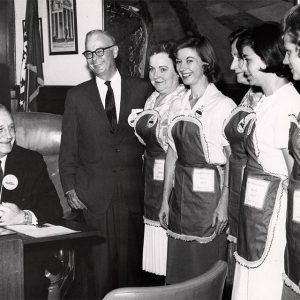 Atkins Staff
Atkins Staff
 J. H. Atkinson
J. H. Atkinson
Atkinson, James Harris (J. H.)
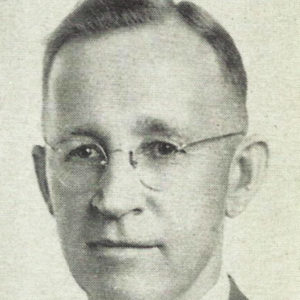 J. H. Atkinson
J. H. Atkinson
Atkinson, Richard Bernard
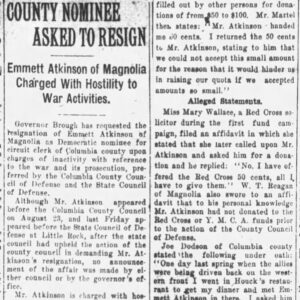 Willie E. Atkinson Article
Willie E. Atkinson Article
Atkinson, Willie Emmett
Auburn, David
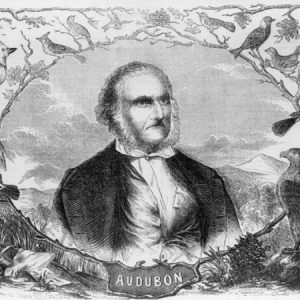 John Audubon
John Audubon
Audubon, John James
 Stephen Austin
Stephen Austin
Austin, Stephen Fuller
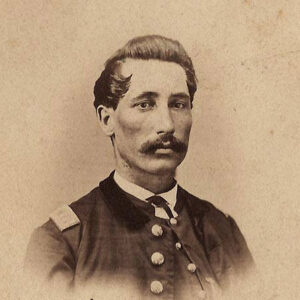 George S. Avery
George S. Avery
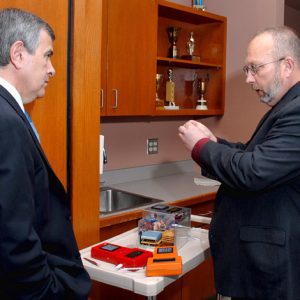 Avian Flu Discussion
Avian Flu Discussion
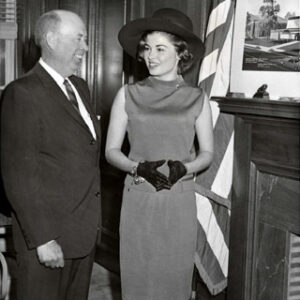 Donna Axum
Donna Axum
B-25 Bomber Crash of 1947
B-25 Bomber Crash of 1948
B-26 Bomber Crash of 1944
B-26A Bomber Crash of 1942
aka: Crash Site of AC 41-744
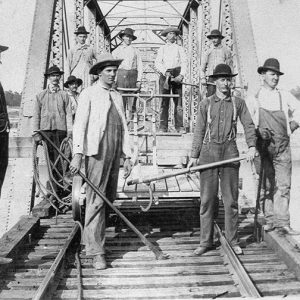 B&B Gang
B&B Gang
Babbie, Earl Robert
Babbitt, Wayne Hubert
Babcock, Bernie
aka: Julia Burnelle Smade Babcock
 Bernie Babcock
Bernie Babcock
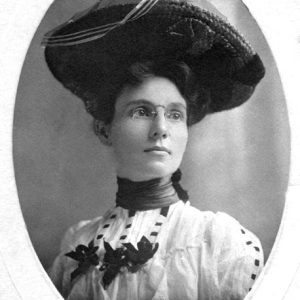 Bernie Babcock
Bernie Babcock
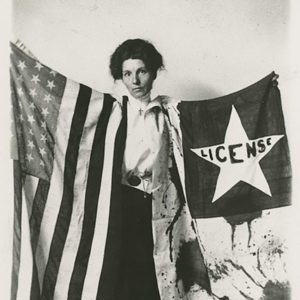 Bernie Babcock, Suffragist
Bernie Babcock, Suffragist
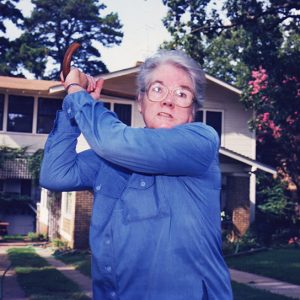 Lucy Babcock
Lucy Babcock
 Lucille Babcock
Lucille Babcock
 Lucille Babcock
Lucille Babcock
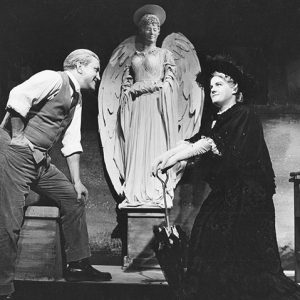 Lucy Babcock on Stage
Lucy Babcock on Stage
Babcock, Lucille (Lucy)
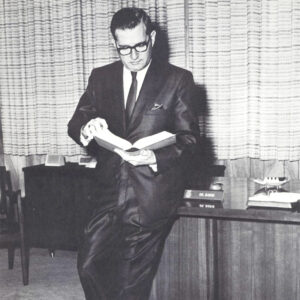 Claude Babin
Claude Babin
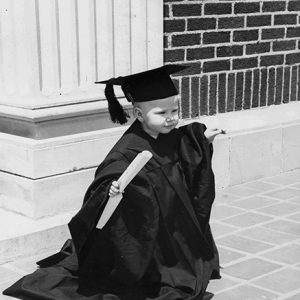 Baby of Arts Degree
Baby of Arts Degree
Bachman, Joseph
Bacon, Nick Daniel (Nicky)
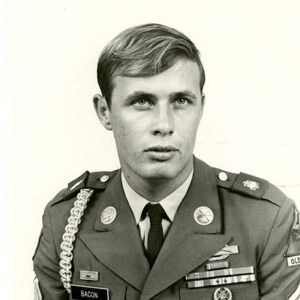 Nicky Bacon
Nicky Bacon
 Bacon, Rockefeller, and Britt
Bacon, Rockefeller, and Britt
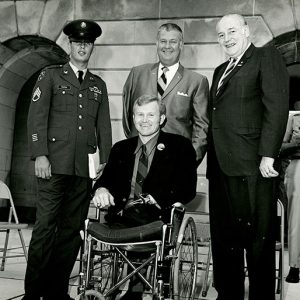 Bacon, Colley, Britt, and Rockefeller
Bacon, Colley, Britt, and Rockefeller
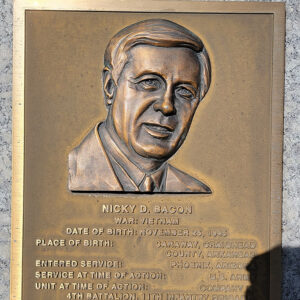 Nicky Bacon Plaque
Nicky Bacon Plaque
 William C. Bacon
William C. Bacon
Bacon, William Corinth
Baerg, William J.
Bagley-Ridgeway Feud
 Bailey Family
Bailey Family
 Bob Bailey
Bob Bailey
Bailey, Bob
aka: Robert Ballard Bailey
 Carl Bailey
Carl Bailey
 Carl Bailey Ad
Carl Bailey Ad




